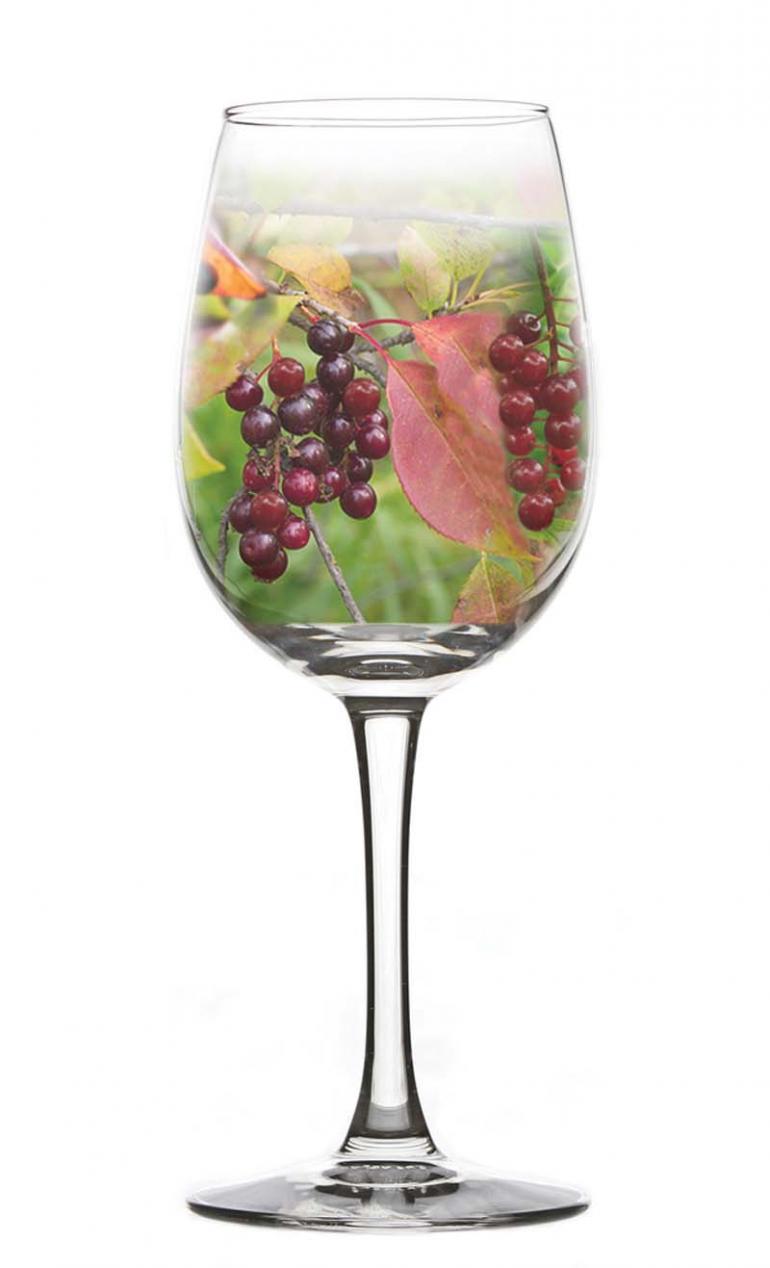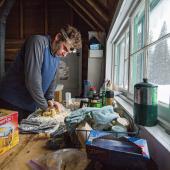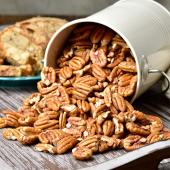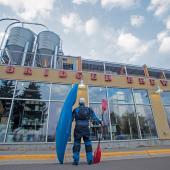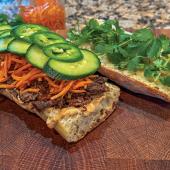Booze Beat
Making your first batch of wine can be a satisfying and authentic experience, and there's no better time to try it than in early autumn, when berries and fruit all over southwest Montana are ripening in forests, roadsides, and backyard gardens.
Ingredients for one gallon of chokecherry wine:
2 ½ lbs fresh wild chokecherries
2 ½ lbs finely granulated sugar
1 tsp acid blend
½ tsp pectic enzyme
¼ tsp grape tannin
7 pints water
1 tsp yeast nutrient
1-2 crushed Campden tablet
1 packet of Lavalin 1118 yeast or Sauterne wine yeast
Common chokecherries, sometimes called wild cherries, make very good wine, as do huckleberries, wild plums, strawberries, elderberries, wild apples, and wild rose hips. And it's good to know that federal law allows every two-adult household to make 200 gallons of wine or beer annually.
To get started, you’ll need a five-gallon glass bottle known as a glass carboy (it looks like a plastic water bottle), two yards of quarter-inch (inside diameter) plastic tubing, one thin sandwich bag, one rubber band, wine yeast, sugar, clean water, campden tablets, yeast nutrient, grape tannin, acid blend, and pectic enzyme.
Anything that will touch the wine must be clean and sanitized. Use a solution of two ounces of metabisulfate to one gallon of water or other commercially available sanitizer. If you skip this step, the wine will spoil.
De-stem and de-stone ripe berries, put in blender with one cup of the water, and chop. Pour into nylon straining bag, tie, and put in primary with half the sugar, the remaining water, acid blend, tannin, and crushed Campden tablet. Stir well to dissolve sugar, cover primary, and let stand 12 hours. Add pectic enzyme and let stand another 12 hours. Add yeast, stir, and cover again. Gently squeeze bag twice daily to extract juice.
After seven days, drain bag and squeeze well to extract as much juice as you can. Add remaining sugar (dissolved in boiling water) and stir well to dissolve, then pour into secondary and fit airlock. Use dark fermenter or wrap brown paper around secondary to preserve color. Ferment 30 days, rack, rack again in two months, and again after additional two months. If you are going to sweeten, add stabilizer, wait 10 days, then add no more than 1/4 cup sugar dissolved in 1/8 cup water. Bottle in dark glass or store in dark place. May taste in six months, but best aged a year.
This article is adapted from Dorothy Alatorre's Home Wines of North America.



